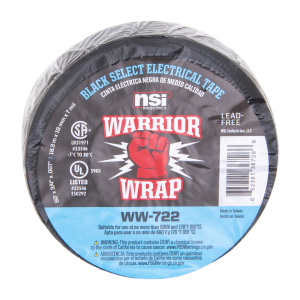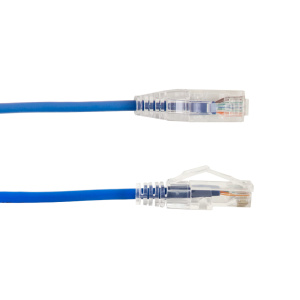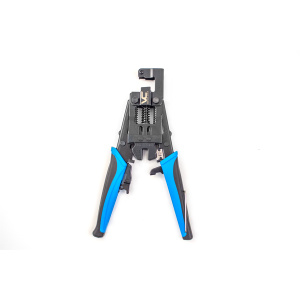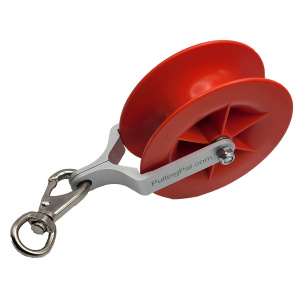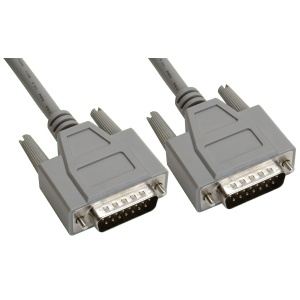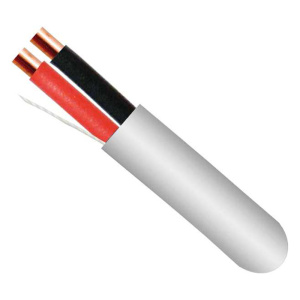In the heart of every structured cabling system lies a powerful yet tiny gadget called a Punch Down Tool. This handy device may seem insignificant to the untrained eye, but it holds the key to successful network installations. This article serves as a practical guide on punch down tools and their usage.
The Ins and Outs of a Punch Down Tool
A punch down tool, often known as a “krone tool,” plays an integral role in the telecommunication and network industry. It’s an implement used to “punch” individual wires into the slots of a punch down block, keystone module, or surface mount box, establishing a secure connection. Understanding the components of this device can make a world of difference to your punch down process.
Anatomy of a Punch Down Tool
Let’s take a tour of the punch down tool. It’s primarily composed of a handle and a removable blade. The handle provides a comfortable grip and houses the spring mechanism, while the blade, available in various types, is the working end that interacts with the wires and blocks.
A Closer Look at the Punch Down Blade
The blade of the punch down tool is where all the magic happens. These interchangeable blades are tailored to different types and sizes of cables, ensuring you’ve got the right tool for the job. They’re usually made from high-quality steel to withstand the force applied during the punching process.
Impact and Non-Impact Punch Down Tools: What’s the Difference?
Punch down tools come in two main flavors: impact and non-impact. As the names suggest, the former relies on a spring mechanism to deliver a forceful punch, while the latter requires manual force from the user. Which one to use? Well, it all boils down to the scale of the job and personal preference.
Understanding the Punch Down Process
Armed with the knowledge of the punch down tool’s components, let’s dissect the punch down process. With precision, the tool punches a wire into a slot, trims the excess, and establishes a contact in one fell swoop. This simple yet vital process ensures a stable connection between your network devices.
Preparing the Wire
Preparation is half the battle won in the punch down process. Stripping the outer insulation of the wire to expose the copper conductor, and straightening the wire ensures a smoother process. Remember, though, not to strip the conductor itself – we don’t want any bare wires peeking out!
The Punch Down: A Step-by-Step Guide
The actual punch down is a straightforward process. First, you place the wire into the appropriate slot in the block or module. Second, using your punch down tool, you apply force until you hear a click. This sound signals that the wire has been secured and any excess trimmed off. Voila, you have a perfect punch down!
Punch Down Pitfalls: Common Mistakes to Avoid
As with any skill, learning to use a punch down tool involves a learning curve. Common pitfalls include not using enough force, punching down the wrong wire, or using the incorrect blade. But hey, don’t let these hiccups deter you. With practice, punching down will become second nature.
Punch Down Tools in the Real World
Now that you have a grip on the punch down tool and its usage, let’s look at its application in the real world. The punch down tool, while seemingly small, is a mighty player in many industries.
Telecommunication Industry: The Backbone
In the telecommunications industry, punch down tools are the backbone. They’re used to install and repair telephone lines, internet cables, and other forms of communication infrastructure. Without these nifty tools, we might still be stuck in the dark ages of communication!
Networking: Wiring the World
In the world of networking, punch down tools play a starring role. Whether it’s setting up a server room or installing a home network, these tools make it happen. They allow technicians to connect hundreds, if not thousands, of wires swiftly and efficiently.
The DIY Realm: A Handy Tool
In the DIY realm, the punch down tool has found its niche. Many tech-savvy homeowners use this tool to set up their home networks, install security systems, or even wire their smart homes. It just goes to show, a little knowledge goes a long way!
FAQs on Punch Down Tools
1. What is a punch down tool? A punch down tool is a device used to connect individual wires to a punch down block, keystone module, or surface mount box.
2. How does a punch down tool work? The tool works by punching a wire into a slot, cutting off the excess, and establishing a secure contact all in one go.
3. When would I use a punch down tool? Punch down tools are widely used in the telecommunications and networking industry. They’re also handy for DIY projects, like setting up home networks.
4. What’s the difference between impact and non-impact punch down tools? Impact punch down tools utilize a spring mechanism to deliver a forceful punch, while non-impact tools require manual force from the user.
5. Can I use any blade on my punch down tool? No, blades are specific to different types and sizes of cables. It’s essential to use the correct blade for the job.
6. What are some common mistakes to avoid when using a punch down tool? Common mistakes include not using enough force, punching down the wrong wire, or using the incorrect blade.
Conclusion
The punch down tool may be small, but it certainly punches above its weight! Its crucial role in network installations and repair makes it an indispensable gadget in the tech world. With our guide to punch down tools, we hope to have provided you with the knowledge and confidence to handle these tools like a pro. So why wait? It’s time to punch down and gear up for your next networking project!
